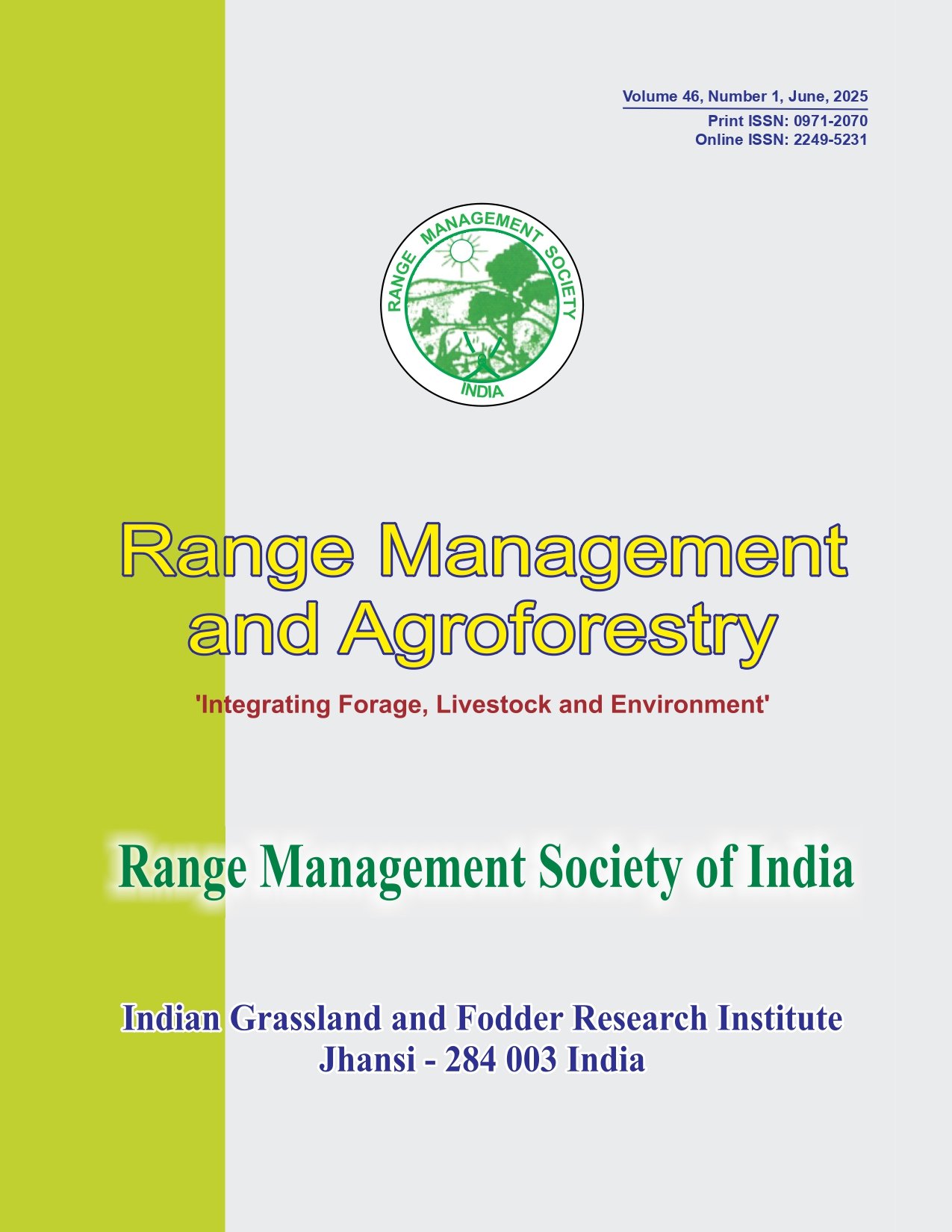Migration patterns and evolutionary trends in Indian alfalfa
Abstract
The indigenous material of alfalfa or lucerne (Medicago sativa L.) shows a vast heterogeneity possibly due to the long period of its evolution. Among its three life forms available in the Indian subcontinent, the winter very high non-dormant (VND) types or Deccan or Penisular types are confined to the arid and semi-arid north-west India. The intermediate VND types are restricted to the northwest frontier region of Pakistan and Haryana, western Uttar Pradesh and Punjab states of India. The winter dormant (WD) types are localized to the Ladakh region of Jammu and Kashmir state. Cluster analysis based on agronomic and morphological data on VND forms collected from the low elevations of the western, central and northern regions of India and also from some location of the Middle East, revealed seven clusters with three clusters containing only Indian accessions. Thus, the VND forms of the Indian alfalfa stand distinct. This also indicates its antiquity and the evolutionary trends independent of the VND forms of the Middle East and Africa. Highly complex breeding behavior of alfalfa and difficulties faced in its genetic improvement call for a deeper look into its migration history, evolution of different geographical forms and their connectivity with those in the countries having geographical, historical and linguistic linkages with the Indian subcontinent. A deeper insight provide a better understanding on the remarkable degree of resilience in its adaptation ranging from the plains to the high altitudes of the Himalaya. The present communication deals with such an attempt which can also help better understand its breeding behaviour and formulation of genetic improvement programme.



